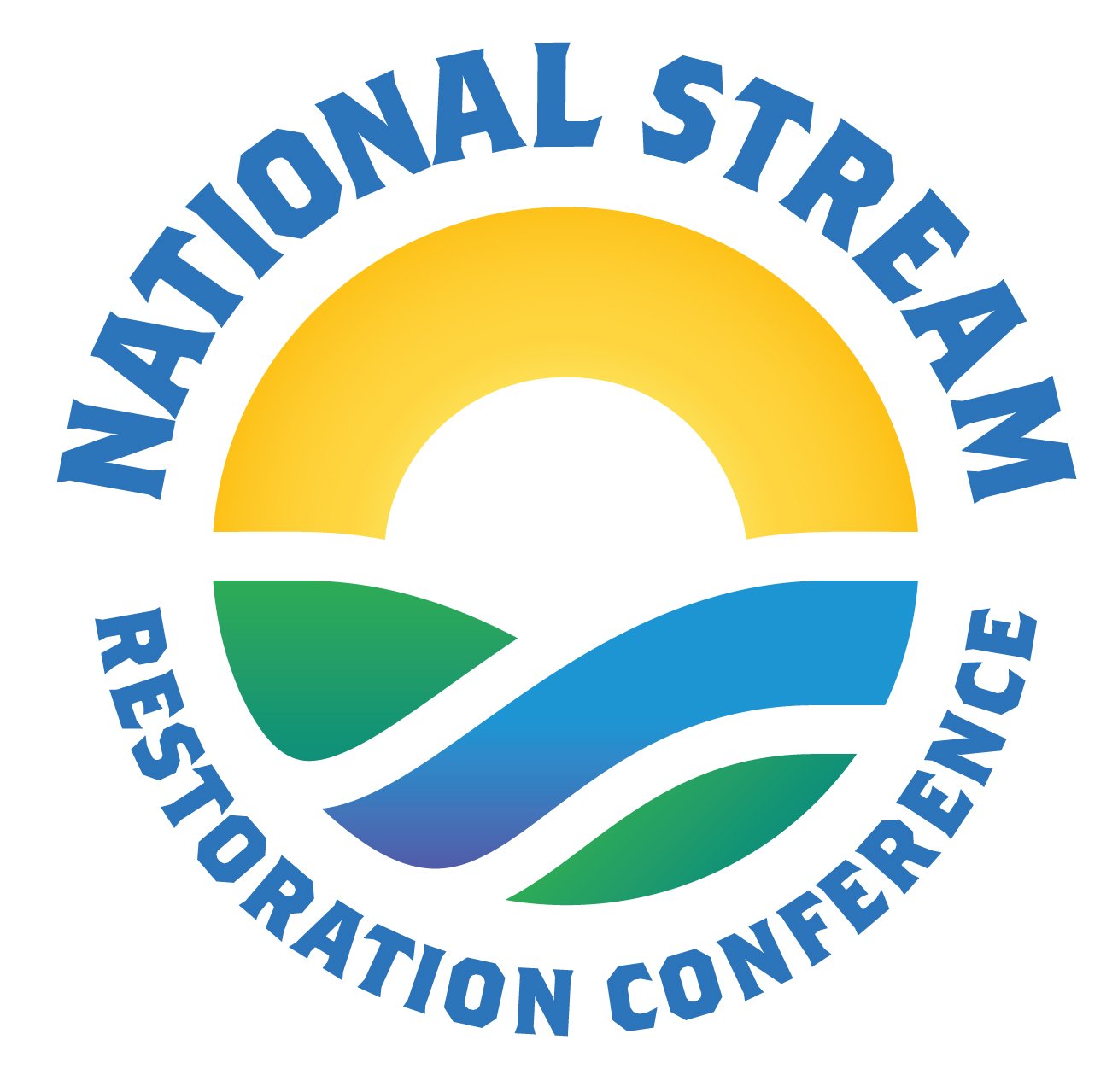Results of Restoration on Forested Headwater Systems – A Kentucky Case Study
Amy Schultz, PE
Beaver Creek Hydrology
Lexington, KY
Authors: Schultz, A., PE, White, L., PhD, Brown, J.
Headwater streams are critical to the health of downstream river networks and are therefore the preferred landscape setting to be restored and permanently protected through mitigation banking instruments. This study evaluates the outcomes and lessons-learned of applying restoration efforts in forested headwater systems on four large-scale stream mitigation banks in Kentucky, all of which have been released from monitoring and are now into the long-term management phase.
Stream restoration in headwater systems presents unique opportunities and challenges. Restoration, focused on full channel re-establishment or rehabilitation, can effectively reduce sediment loads through streambank stabilization, increase groundwater retention and jurisdictional status of streams, and improve overall ecological function and organic matter retention in forested headwater systems through the addition of large woody debris and in-stream structures. However, re-establishment and rehabilitation efforts in confined headwater systems raises regulatory and functional concerns, particularly regarding potential changes in Ordinary High Water Mark (OHWM) delineations or loss of flow status. Vegetation success and regeneration is variable, influenced by site-specific factors such as valley confinement, soil quality, and canopy cover. Additionally, there are concerns regarding the timeframe and success of macroinvertebrate communities to recover post-restoration; while restored systems are expected to exhibit increased diversity over time, initial disturbances can suppress populations.
Overall, the long-term success of restoration projects in confined, forested systems depends on balancing geomorphic stability with ecological functionality and navigating constraints inherent to these headwater conditions. Site success was tracked through evaluation of performance standards related to hydrology, geomorphology, habitat, vegetation, and biology throughout the monitoring period. This research informs best practices for achieving sustainable restoration in similar headwater environments and shows that restoration can be a successful prescription for confined, forested systems.
About Amy Schultz, PE
Amy Schultz, PE, is a Project Manager with Beaver Creek Hydrology, where she leads the design, permitting, construction oversight, and post-construction monitoring of large-scale stream and wetland mitigation banks across Kentucky and Tennessee. Her work integrates geomorphic assessment, hydraulic and hydrologic modeling, and construction plan development for complex restoration projects. Amy brings a comprehensive, field-informed perspective to her work, integrating regulatory compliance, ecological goals, and practical implementation to support successful restoration outcomes. She is excited to present on lessons-learned from her experience restoring large scale headwater systems.

